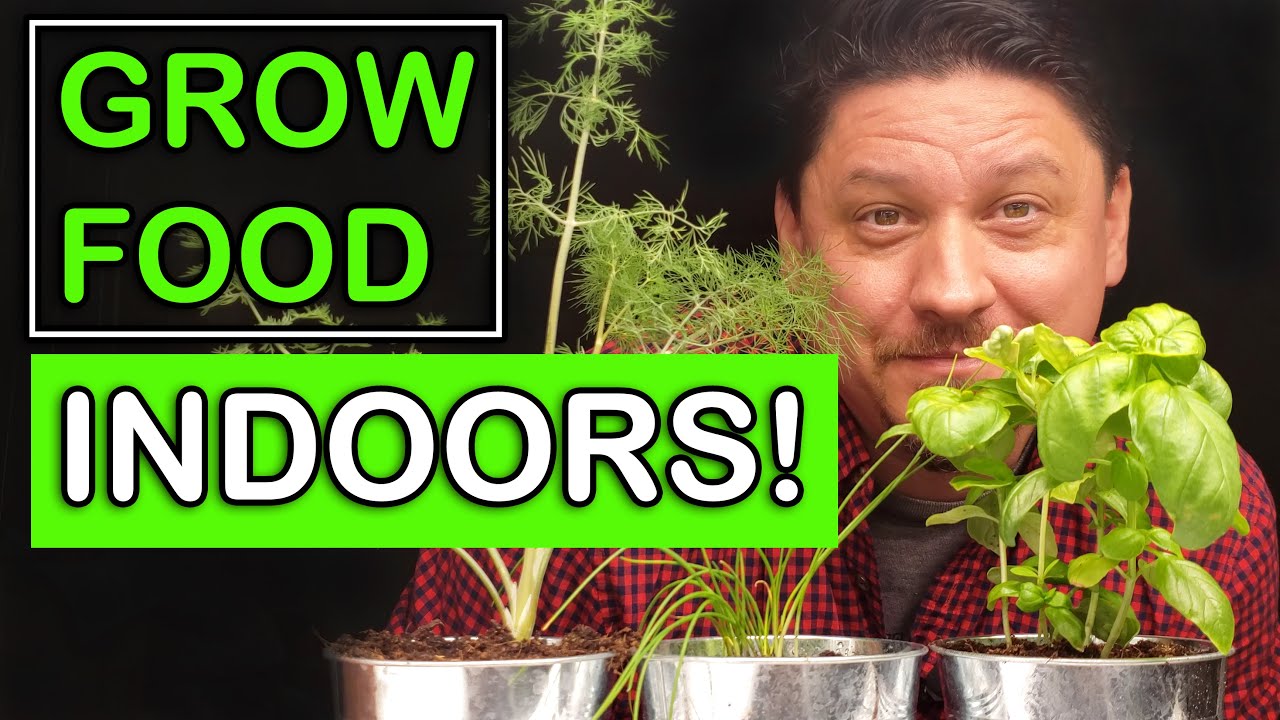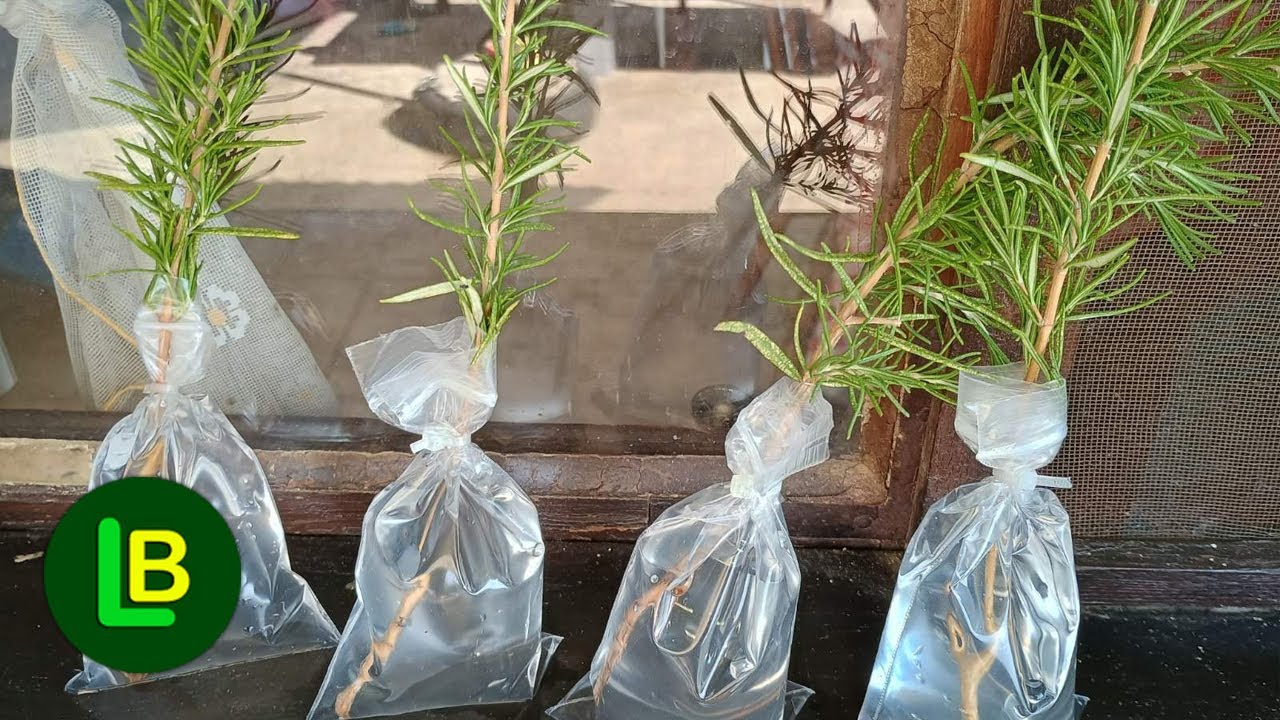DIY Containers: Creative Ways to Reuse and Grow Indoors
“`html
DIY Containers: Creative Ways to Reuse and Grow Indoors
Have you ever thought about transforming everyday items into beautiful indoor garden containers? DIY containers are an innovative and sustainable approach to gardening, allowing you to create unique plant spaces while reusing waste materials. With the rising trend of indoor gardening, many people are seeking creative ways to grow plants at home, not just for aesthetic purposes but also to enhance air quality and improve mental well-being. In this article, we will explore various methods for repurposing common household items like jars, tins, and plastic bottles into fulfilling mini-gardens. Along the way, we will discuss the importance of choosing the right materials, the types of plants that thrive in DIY containers, and tips on ensuring your indoor garden flourishes. Whether you’re a beginner looking to dabble in gardening or a seasoned gardener wanting to expand your collection, this comprehensive guide will equip you with the knowledge and inspiration you need to successfully cultivate an indoor garden using creative DIY containers.

Why Choose DIY Containers for Indoor Gardening?
Utilizing DIY containers for indoor gardening is not only eco-friendly, but it also provides a wealth of opportunities to express creativity and personal style. Reusing materials keeps them out of landfills, reducing waste and contributing to sustainability efforts. Furthermore, DIY containers can be tailored to fit any space, from small apartments to expansive homes, making gardening accessible to everyone.
Benefits of Reusing Containers
One of the primary benefits of using reused containers is the ability to personalize your gardening experience. Unlike traditional pots, DIY containers can reflect personal tastes and styles. Whether you enjoy a rustic farmhouse aesthetic or a sleek modern vibe, you can create a container that embodies your vision. Additionally, DIY containers can be made from a huge variety of materials. From empty jars to old wooden crates, the options are limitless, allowing you to mix and match to create an eclectic garden display.
Best Materials for DIY Indoor Containers
The success of your indoor garden largely depends on the materials you choose for your DIY containers. Some materials work better than others, especially when considering drainage and safety for the plants.
Glass Containers: Versatile and Aesthetic
Glass containers, such as old mason jars or wine bottles, provide an elegant yet functional option for indoor plants. Their transparency allows for easy monitoring of moisture levels and root growth. However, be cautious with glass—ensure adequate drainage holes, or consider using them for water-retaining plants, like succulents, that thrive in controlled moisture conditions.
Plastic Bottles: Lightweight and Durable
Plastic bottles are some of the easiest and most accessible materials for DIY gardening. They are lightweight and come in various sizes, making them perfect for both small herbs and more substantial foliage. Before planting, remember to cut the bottle, add drainage holes, and decorate the exterior to match your home’s decor.
Clever Ideas for DIY Indoor Planters
Once you have gathered your materials, it’s time to unleash your creativity. Here are some innovative ways to turn common items into charming indoor planters:
Repurposing Kitchen Items
Everyday items found in your kitchen—like teacups, tins, and bowls—make fantastic containers. Teacups can be utilized for small herbs, while tin cans can house vibrant flowers. Just ensure to add drainage holes to prevent waterlogging.
Wooden Crates and Pallets
Wooden crates or pallets can be transformed into large, rustic planters. They not only offer a generous planting area but also lend an artistic touch to your indoor garden. Make sure to waterproof the bottom and ensure it has proper drainage to support healthy plant growth.
Choosing the Right Plants for DIY Containers
Selecting appropriate plants for your DIY containers is critical for a thriving indoor garden. Consider both the size of your containers and the light availability in your space.
Small Space-friendly Plants
Herbs like basil and parsley are perfect for small containers and are great for culinary use. Additionally, smaller houseplants such as succulents and peace lilies thrive in limited space. Make sure to choose plants that fit within the size and moisture levels of your containers.
Highlighting Colorful Blooms
If you desire a colorful indoor display, choose flowering plants that can thrive in your chosen containers. Consider African violets or miniature roses, which can add vibrant pops of color to your indoor space and elevate your decorating game.
Maintenance Tips for Your Indoor Garden
Your indoor garden requires ongoing care to flourish. Regular maintenance such as watering, fertilization, and pruning is essential to keep your plants healthy.
Watering Wisely
One of the most common mistakes in container gardening is overwatering. Since DIY containers often have varying drainage systems, it’s crucial to adjust your watering habits based on the specific needs of your plants. Always check the soil moisture level before watering to avoid root rot.
Feeding Your Plants
Indoor plants may require extra nutrients since they are confined to a limited amount of soil. Fertilize regularly during the growing seasons and consider using organic options to keep toxins out of your home. Regularly check for pests and diseases, and act quickly to maintain a healthy environment for your plants.
Summary and FAQ
DIY containers present an exciting opportunity to cultivate indoor gardens while promoting sustainability. By reusing household objects such as glass jars, plastic bottles, and tin cans, you can create unique and personalized planters that are both functional and artistic.
What type of plants can I grow in DIY containers?
The variety of plants you can grow in DIY containers ranges from herbs like basil and parsley to decorative plants like succulents and violets. Just ensure you select plants suitable for the size and moisture of your DIY container.

How do I ensure proper drainage in a DIY container?
It is essential to create drainage holes in your container, regardless of the material. This will help prevent waterlogging and root rot. You can use a drill for harder materials or simply poke holes into softer ones, like plastic bottles.
What are some decorative ideas for my DIY containers?
You can personalize your containers by painting them, wrapping them in twine, or using stickers. Your creativity can make even the most mundane materials look stylish and modern.
In conclusion, by embracing DIY containers for your indoor gardening, you’re not only enhancing your living space but also taking part in a creative, earthy practice that appreciates sustainability and innovation. So grab your recyclables, get planting, and enjoy the lush, green benefits of an indoor garden!
“`